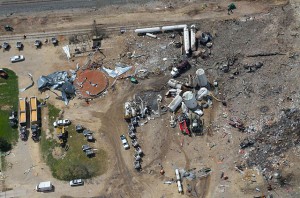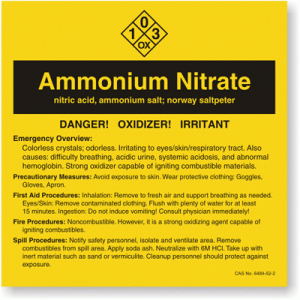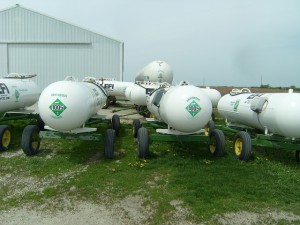The West Texas tragedy: Can oversights lead to an overhaul?

Investigators scour the site of the deadly explosion at a West, Texas fertilizer facility (photo by Shane.torgerson).
All too often, safety oversights are brought to light because of a tragedy. In the case of the deadly explosion at the West Fertilizer Co. in Texas last month, early investigations have revealed a patchwork of reporting requirements and safety thresholds that may have left workers and the community dangerously exposed.
An article on Salon.com states that the facility could have been regulated by at least seven different state and federal agencies: the Occupational Safety & Health Administration, the Environmental Protection Agency, the Department of Homeland Security, the U.S. Pipeline and Hazardous Materials Safety Administration, the Texas Department of State Health Services, the Texas Commission on Environmental Quality and the Texas Feed and Fertilizer Control Service.
Although the cause of the explosion – which killed 15 people, injured 200, and leveled nearby buildings – is still under investigation, the incident has already exposed some safety oversights and seemingly contradictory requirements that could ignite an overhaul in how regulatory agencies coordinate.

Ammonium nitrate is a hazardous chemical that requires regulation, such as using labels to protect workers from exposure.
- The West Fertilizer Co. failed to report large amounts of specific “Chemicals of Interest” to the Department of Homeland Security, as required under the Chemical Facility Anti-Terrorism Standards. The amount of ammonium nitrate – used in plant food but also in explosives – stored by the facility was 1,350 times the DHS’s minimum threshold. While the company reported the chemical to local authorities and the Texas Department of State Health Services, the information was never passed on to the DHS for possible regulation.
- The company also failed to report two other dangerous “Chemicals of Interest” – ammonium nitrate and anhydrous ammonia – a toxic chemical that can blind or kill at high exposure levels.
- Under the EPA’s Clean Air Act, however, anhydrous ammonia was the only chemical that the company was required to include in its Risk Management Plan.
- In addition, the amount of anhydrous ammonia listed – 54,000 pounds – was only half of what the company listed on yet another regulatory document – its Emergency and Hazardous Chemical Inventory for 2012.This inventory, required by the Environmental Protection Agency’s Emergency Planning and Community Right-to-Know Act, was filed with state, county, and local emergency planning authorities.

Anhydrous ammonia, shown in fertilizer storage tanks, is a toxic chemical that can blind or kill at high exposure levels (via Thirteen of Clubs).
The facility also was covered by exemptions that are now being questioned:
- Because it was considered a wholesale, not a manufacturing facility, it was not required to comply with guidelines established by OSHA’s Process Safety Management of Highly Hazardous Chemicals standard, which would have covered anhydrous ammonia.
- The facility’s last full inspection by OSHA was 27 years ago. Since then, it has only seen partial inspections – possible because they are considered a small employer, according to a letter sent by Reps. George Miller and Joe Courtney to the Government Accountability Office, requesting the GAO to “evaluate the gaps in the oversight of facilities that distribute, blend and store ammonia-related fertilizers.”
















